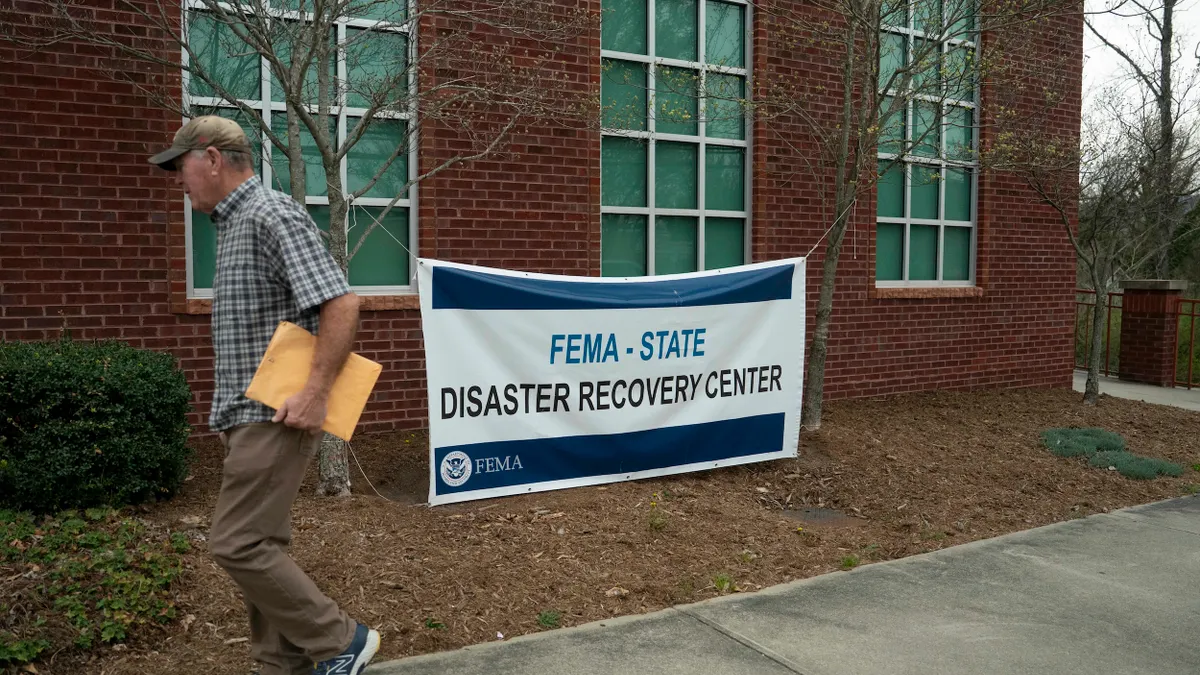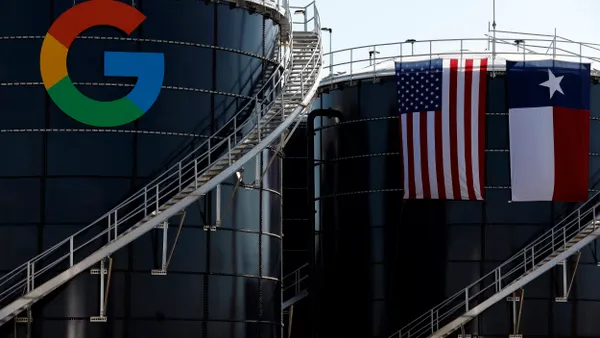Dive Brief:
- UL Standards & Engagement this week released its first-ever U.S. State CO Risk Assessment Report evaluating states’ readiness to help prevent carbon monoxide poisoning.
- The report’s assessment of every state’s standings in terms of health outcomes, code and regulatory approaches and public awareness of carbon monoxide risk mitigation can help city officials identify areas of improvement and address risks within their communities, said David McKnight, ULSE head of partnerships, in an email.
- Every year, more than 400 U.S. residents die from unintentional CO poisoning, and an estimated 100,000 seek emergency care because of accidental exposure, according to the U.S. Centers for Disease Control and Prevention.
Dive Insight:
Carbon monoxide is one of the leading causes of non-drug-related poisoning deaths nationwide, and people are particularly vulnerable when they use fuel-burning appliances and portable generators after storms, McKnight said.
“With summer’s extreme weather around the corner, this is a critical moment to sound the alarm on carbon monoxide,” Jeff Marootian, ULSE president and CEO, said in a press release.
Marootian said the report “offers states and territories a clear, researched-backed roadmap to strengthen their protections and keep communities safe.”
McKnight said city officials could easily replicate ULSE’s assessments of all 50 states and the District of Columbia, which are based on health outcomes, state-level mandates for indoor CO detectors and public awareness measures. He encouraged city officials to reach out to ULSE to learn more about how they could apply the methodology to their areas.
Supporting greater CO detection should be city officials’ priority, McKnight said, but he cautioned that “addressing carbon monoxide vulnerabilities is rarely a ‘one and done’ effort.”
“We recommend all city and state decisionmakers review the ‘recommendations’ section of the assessment to inform resilience and risk management plans for carbon monoxide safety,” McKnight said.
These recommendations include periodic regulation reviews, mandating basic CO detector requirements, offering financial incentives for vulnerable populations to install CO alarms, enhancing public outreach, collaborating with federal agencies and training first responders and health professionals to recognize and treat CO poisoning cases.
“City officials must evaluate these tactics and seek improvements,” McKnight said, “or they risk sharpening the danger of carbon monoxide poisoning within their municipality.”
Alabama, Arkansas, California, New Jersey, Vermont and Virginia received the highest scores for CO safety. These states generally mandate CO detectors, run year-round public awareness efforts and coordinate among agencies to ensure compliance, according to the report. Many have emergency protocols in place to address higher CO risk during power outages, the report noted.
The report cited 13 states – Alaska, Delaware, Hawaii, Illinois, Kansas, Louisiana, Missouri, Nebraska, Nevada, North Dakota, South Dakota, Texas and West Virginia – as having limited or no statewide CO regulations and minimal public education. “Adopting comprehensive codes, expanding inspection requirements, and allocating funds for consistent public engagement would significantly enhance safety in those areas,” the report states.
We have updated this story to correct the acronym for UL Standards & Engagement and to correct a quote from ULSE's David McKnight. McKnight said that “addressing carbon monoxide vulnerabilities is rarely a ‘one and done’ effort.”













